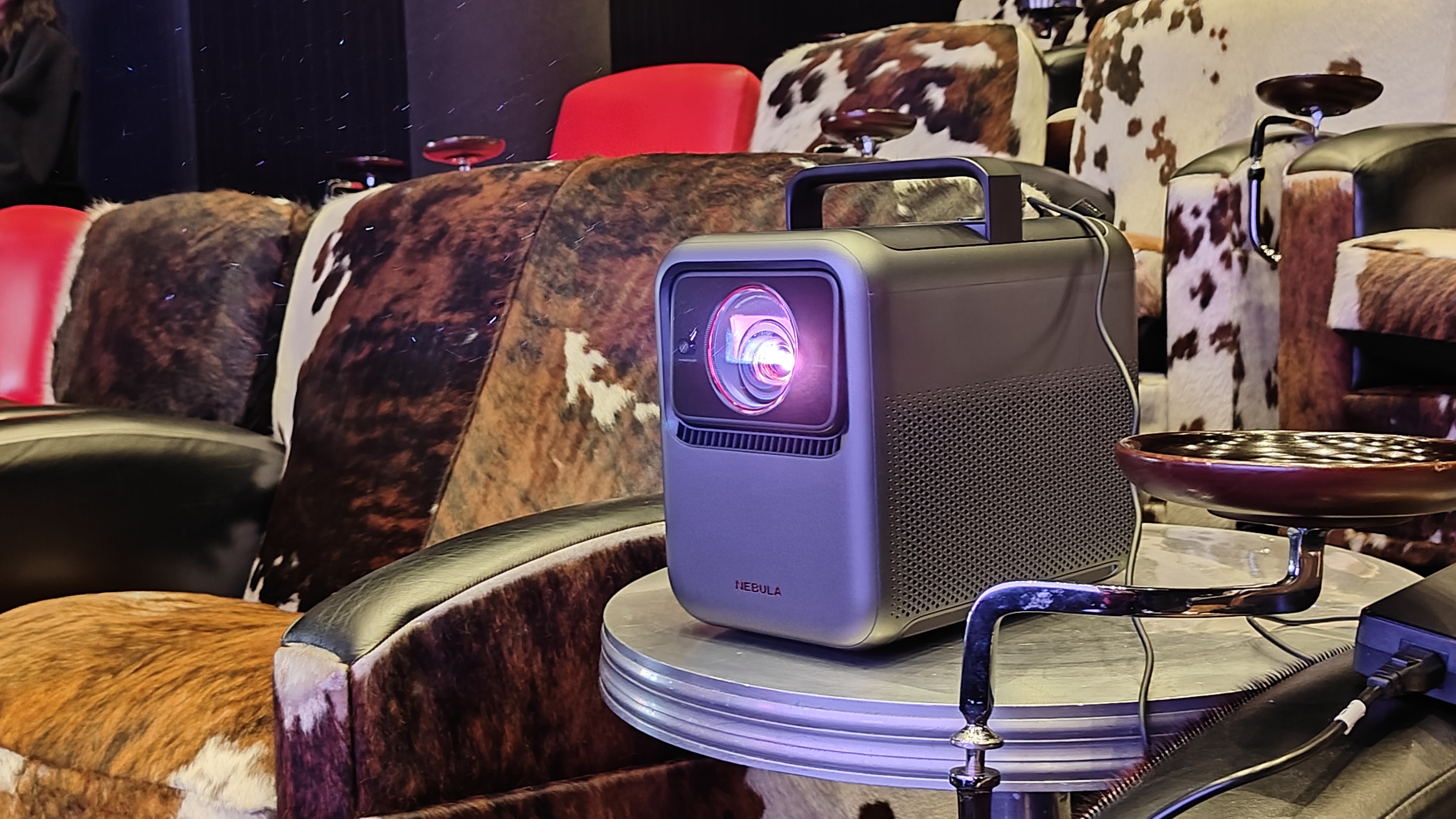What Hi-Fi? reviewers share their favourite-ever albums for testing hi-fi
Revealing records we regularly use in the test rooms
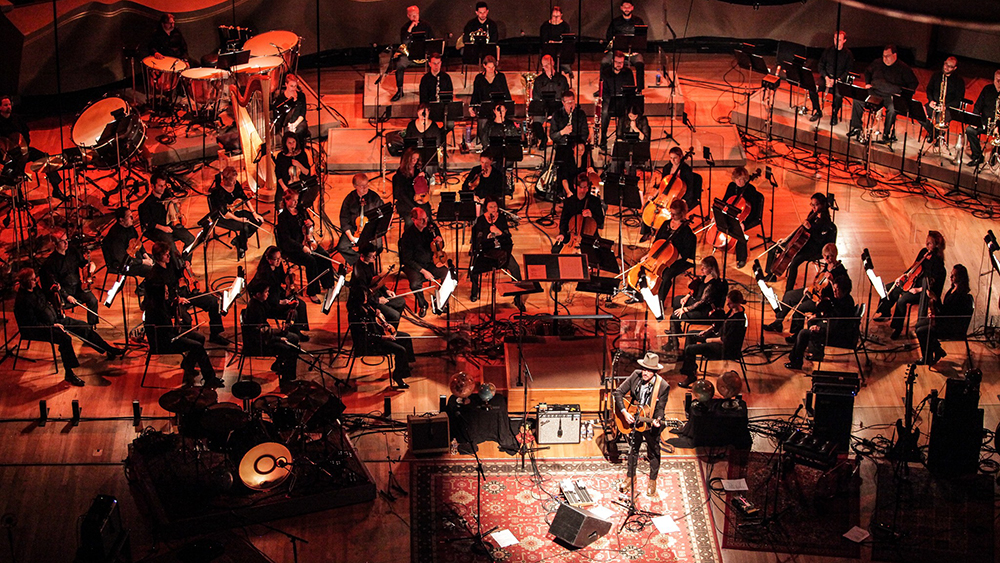
When I began my hi-fi reviewing journey some 11 years ago, I was offered a very good piece of advice: use music you’re familiar with, but not necessarily your absolute favourites. After all, comparing products typically requires repeating playback material, and I’ve little doubt the tubby synth bassline underpinning Michael Jackson’s P.Y.T or the boing-boing sound opening Big Thief’s Spud Infinity would indeed begin to grate upon a tenth listen within an hour, and ruin the songs forevermore. There is also the matter of one’s favourite music perhaps not making for a great test track...
What we have below then is not the What Hi-Fi? review team’s favourite albums but its favourite test albums – those which myself and my colleagues know like the back of our hands and deem most useful for sniffing out a product’s strengths and weaknesses. If our test rooms' walls could talk, they would likely know every lyric within the albums below... and be a little sick of them by now.
Gregory Alan Isakov – Gregory Alan Isakov with the Colorado Symphony (2016)
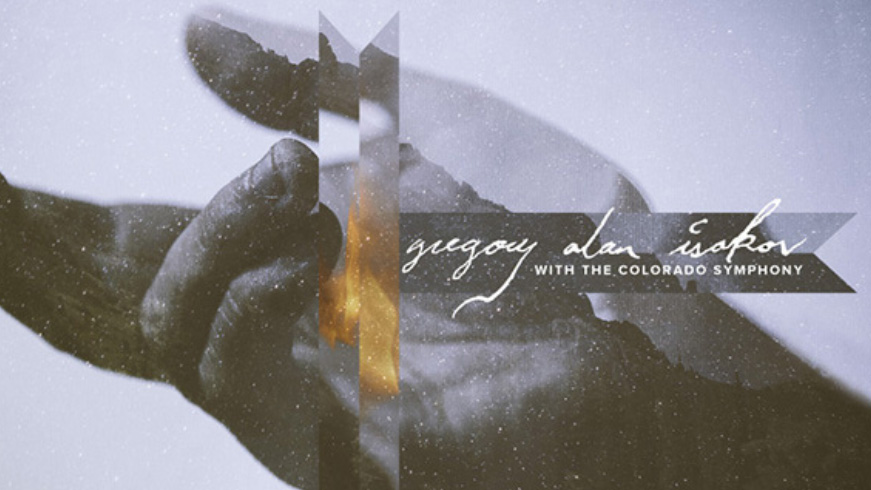
Words by Becky Roberts
I don’t know about you – or my colleagues, even – but when I first sit down to really assess a piece of equipment, often following some hours of more casual, getting-a-feel-for-it listening, I usually start with something that is primarily vocal-led and low-key everywhere else, before diving into a piano playlist, after which I select something with an upbeat and unmistakeable rhythm, like Michael Jackson’s Bad album.
One of my favourite folk singer-songwriters, Gregory Alan Isakov, often gets that very initial call-up, his warm, soulful baritone and ever-gorgeous production, almost always banjo-accompanied, doing nicely to reveal midrange expression. The tuneful traveller tales tell me what I need to know in that respect – but not every one. However, his 2016 recording of songs from his most recent three albums (plus live favourite Liars), reimagined and performed with the symphony orchestra from his hometown, tells me a great deal more.
Beyond being a collaboration of its kind of rare and unquestionably enhancing quality, the instrumentation rolling around Isakov’s delivery as if it had been conceived that way all along, it’s a particularly wonderful tester of subtlety, organisation and both dynamic scale and elasticity. You'll want your system to call a banjo a banjo, a violin a violin, and convey the desired sense of space that exists between them and which led Isakov to record his songs in an empty Boettcher Concert Hall (Denver).
- Listen to Gregory Alan Isakov with the Colorado Symphony on Tidal
- Buy the Gregory Alan Isakov with the Colorado Symphony vinyl at Amazon
Nirvana – MTV Unplugged in New York

Words by Kash Kabir
There are technically two albums that I hold dear to my heart for testing, but it has nothing to do with the recording quality, the amount of bass, the soundstaging or any one element that helps me test a product’s ‘hi-fi’ credentials. It’s all to do with how the songs make me feel, the emotion and atmosphere the album evokes, and how the band or artist communicates the story or mood of the songs. Tom Waits’ Closing Time is the only album I own in every single format (apart from tape), and it has anchored me whenever we’ve had to change office test rooms or I encounter a particularly tricky product review. But Nirvana’s live performance at MTV Unplugged in New York (1994) is a true lightning-in-a-bottle moment that gives me chills every time I listen to its raw power.
Get the What Hi-Fi? Newsletter
The latest hi-fi, home cinema and tech news, reviews, buying advice and deals, direct to your inbox.
There is nothing like it: all 14 songs were recorded live in a single take; Kurt Cobain insisted on not only feeding his guitar through an electric amp (in spite of these sessions normally being fully acoustic) but also on performing cover versions and lesser known songs rather than all the big hits. His rebellious nature is all in there: it’s a livewire performance that has the band in absolute rhythm with each other, while Cobain sounds like he’s having the time of his life. The second half of the track listing is my favourite: Polly is a dark track sensitively sung with deceptively jaunty guitar strums; the cover of Meat Puppets’ Plateau is a terrific track for testing snappy dynamic subtlety and rhythmic agility, and I particularly adore the bits in between songs where Cobain chats to the crowd and the band. On really good systems, it sounds almost lifelike, like he’s in the room with you.
It’s a beautifully intimate recording with all of their crunchy, grungy textures laid bare; but the highlight is Cobain’s version of Where Did You Sleep Last Night?, where the traditional folk song is driven to new heights as he ramps up to that incredible, searing, final scream – it’s earth-shattering, heartbreaking and you can only pause – as the band does – in awe as his voice cracks with pure emotion. It’s an intangible slice of musical history and the very best products or systems should always make me stop and listen to the songs themselves, rather than think about the product I’m testing.
- Listen to MTV Unplugged in New York on Tidal
- Buy the MTV Unplugged in New York vinyl at Amazon
Ghost – Impera

Words by Harry McKerrell
There are two things you want from your test album of choice. First, you want a record that’s actually going to stretch, probe and reveal the capabilities of your chosen product, be it a high-end amplifier or a budget set of wireless earbuds. You don’t need every base covered, but certain genres – EDM and house, for example – tend to be a little limited for testing dynamics and, usually, emotional transparency.
Second, you want an album that you actually know and, if possible, love. So often you’ll be able to hear when something feels ‘off’ or wrong on a record with which you are intimately familiar, as you’ll be attuned not only to how things should sound but, more importantly, how they’re supposed to make you feel.
Ghost’s Impera checks both boxes with ticks so large they’re practically spilling over onto the next page – I know it, I love it, and boy is it capable of stretching your hi-fi to its limits. An invigorating, gleefully listenable fusion of pinpoint pop sensibilities with the grandeur and scale that only heavy metal can provide, Impera has been described, rather aptly, as a fusion between ABBA and Metallica. What could be a better concoction than that?
- Listen to Impera on Tidal
- Buy the Impera vinyl at Amazon
Aurora – What Happened to the Heart?

Words by Robyn Quick
Aurora has always been known for crafting music with an ethereal quality, evoking the same Scandi-quirkiness as Björk and reaching the same glass-breaking highs as Kate Bush. Her latest album What Happened To The Heart? feels like her most diverse yet in terms of genre, going from the jazzy Your Blood to the deeply emotive, slow Invisible Wounds.
But it’s the lyrics that make this album particularly special, as Aurora seems to appeal directly to humans as a species and asks (as the title suggests) where we lost our connection to nature and other souls along the way. Dreams is a go-to for testing a product’s handling of quieter moments, as her spirit-like vocals become more and more layered as the track continues. It’s an album that is best enjoyed by listening to it as a complete package, as you get to hear the full range of her musical prowess and understand her touching plea to humanity.
Taylor Swift – Folklore

Words by Lewis Empson
When prestigious albums for testing hi-fi come to mind, I would forgive you for not immediately thinking of country star turned pop princess Taylor Swift as being at the top of anyone's hierarchy. The Shake It Off singer might've leant towards radio-friendly pop in the mid-2010s, but it was her 2020 duology that proved her versatility once and for all. I've been contemplating choosing between Folklore and Evermore for days now, but it's the former that simply has to take the top spot for me.
Crafted in the limbo state that was lockdown, Swift teamed up with The National's Aaron Dessner and Bleachers' Jack Antonoff to create a more mature and sombre album, and it's a true sonic marvel that I've used to test everything from mobile phones to home cinema receivers, soundbars and speaker packages. The production strips back the zingy pop (which I am still fond of) found in the rest of Swift's discography and opts for a more acoustic affair that lets her songwriting do the talking.
Favourites of mine include The 1, Exile (featuring Bon Iver), Seven and The Lakes (found on the deluxe edition of the album). Each features sonic subtleties that can only be appreciated on a capable set of speakers or headphones; things like the sounds of birds chirping in the background of Exile which were only revealed once I listened to the song on a high-end set of headphones. Furthermore, it's my go-to album to test vocal performance, as the raw, stripped-back nature is packed with emotion and subtlety that demands precision where low-level dynamics are concerned.
For anyone looking to take their hi-fi or home cinema system for a spin, I implore you not to turn your nose up at the notion of using a Taylor Swift album, as Folklore remains a pivotal aspect of my testing procedure.
- Listen to Folklore on Tidal
- Buy the Folklore vinyl at Amazon
Hans Zimmer & James Newton Howard – The Dark Knight OST

Words by Ketan Bharadia
In all my years of testing, this is probably the album I’ve used more than any other. It has pretty much everything required for a full system workout, and is about as challenging a recording as I have come across.
The Dark Knight OST is credited to two giants of cinema soundtracks, Hans Zimmer and James Newton Howard, though it is fair to say that Zimmer’s signature sound dominates. The music on this album is hard-edged, gritty and at times, surprisingly beautiful. My go-to tracks are Like A Dog Chasing Cars andWatch The World Burn, though the general standard of music throughout is excellent.
Like A Dog Chasing Cars is a truly brilliant test track. It starts with real intent and develops into a full-scale aural assault that tests the dynamics, definition and composure of any system to the limit. It’s a dense production with wickedly strong bass and relentless rhythmic drive once it gets going. Play it loud and you’ll be worrying for the survival of your speaker’s bass drivers.
Watch The World Burn is a slow, brooding piece that can easily sound like a dirge on an underperforming system. Yet, play it through something capable and it packs a mighty mournful impact. This is a great test for bass definition and articulation as well as putting the spotlight on the system’s ability to convey dynamic contrasts.
Factor in superb musicianship plus the excellent production and The Dark Knight OST is easily one of the finest test tests around.
The Cure – Disintegration
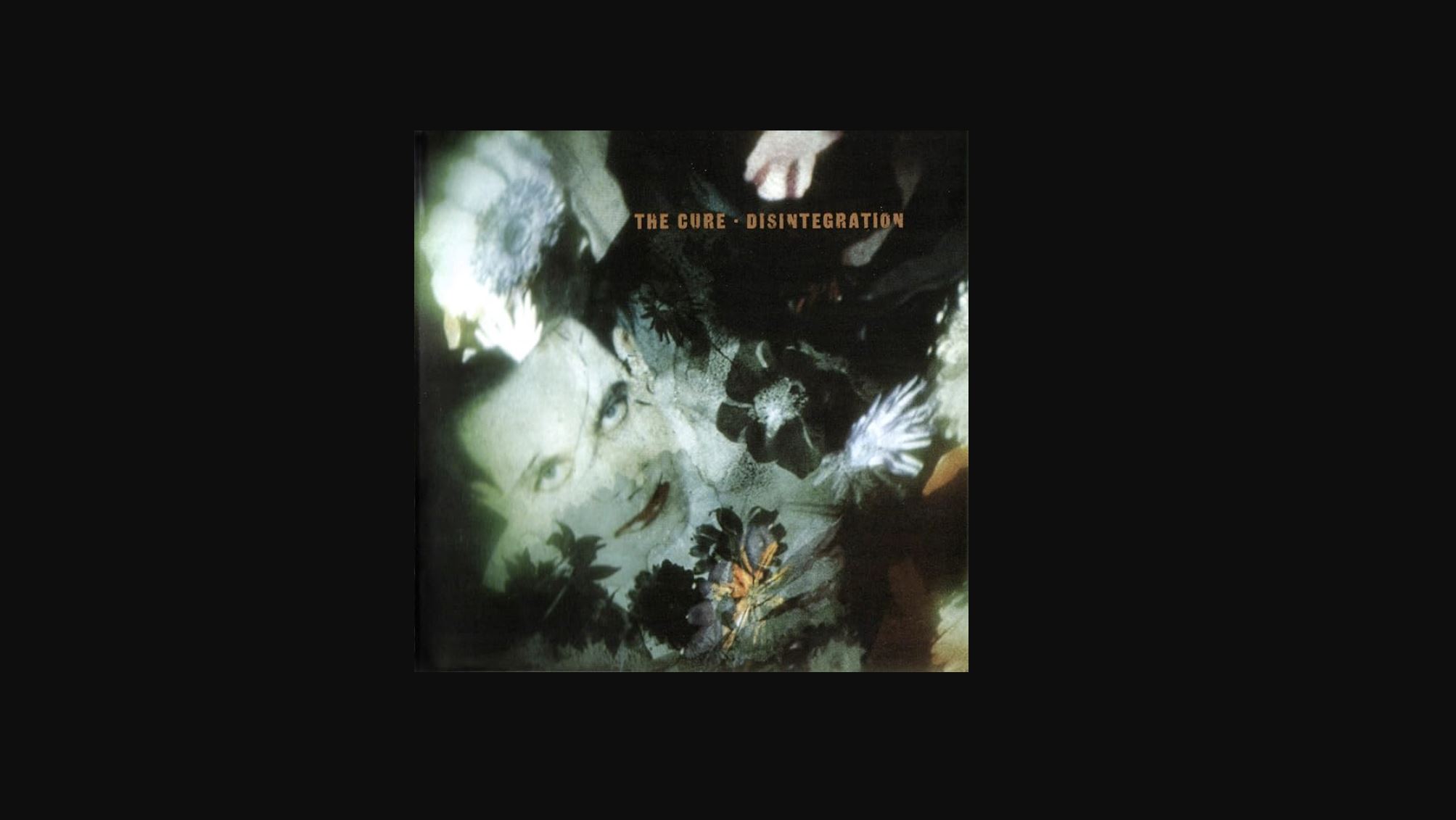
Words by Alastair Stevenson
I was legitimately torn when writing my entry for this list. First, because I know our lovely readers will judge my taste whatever I pick. Second, because my taste and preferred test tracks and discs frequently change.
So rather than try and be clever and pick something something like my much loved, but under-rated favourite, post-rock legend Mono’s Hymn To The Eternal Wind, or a classy, classic reader-pleaser like Miles Davis’ Kind Of Blue, I decided to be honest. Specifically, I picked the one that I have actually used the most: The Cure, Disintegration.
Disintegration is the iconic British band’s eighth studio album and a seminal piece of work that’s amazing both for testing hi-fi and general listening. In my mind it’s one of the band’s most cohesive works that showcases how the band evolved from writing polished, catchy melodic chart toppers to complex, moody, layered tracks that to this day can cast a spell on any listener regardless of their preferred genre – so much so that the band's then-label, the American Elektra Records, described Robert Smith as being 'wilfully obscure' with its shift in tone making it.
Wonderfully produced, the album features everything from beautiful love songs including Pictures Of You, Love Song and Lullaby to despondent ballads Plainsong and Prayers For Rain. Featuring masterfully articulate, effects-driven guitar parts that swoon and intertwine with carefully crafted synths, plus singer Smith’s instantly recognisable voice, this an album that deserves a place in any music or hi-fi fan’s collection.
Nick Cave And Warren Ellis – The Road (Original Film Score)
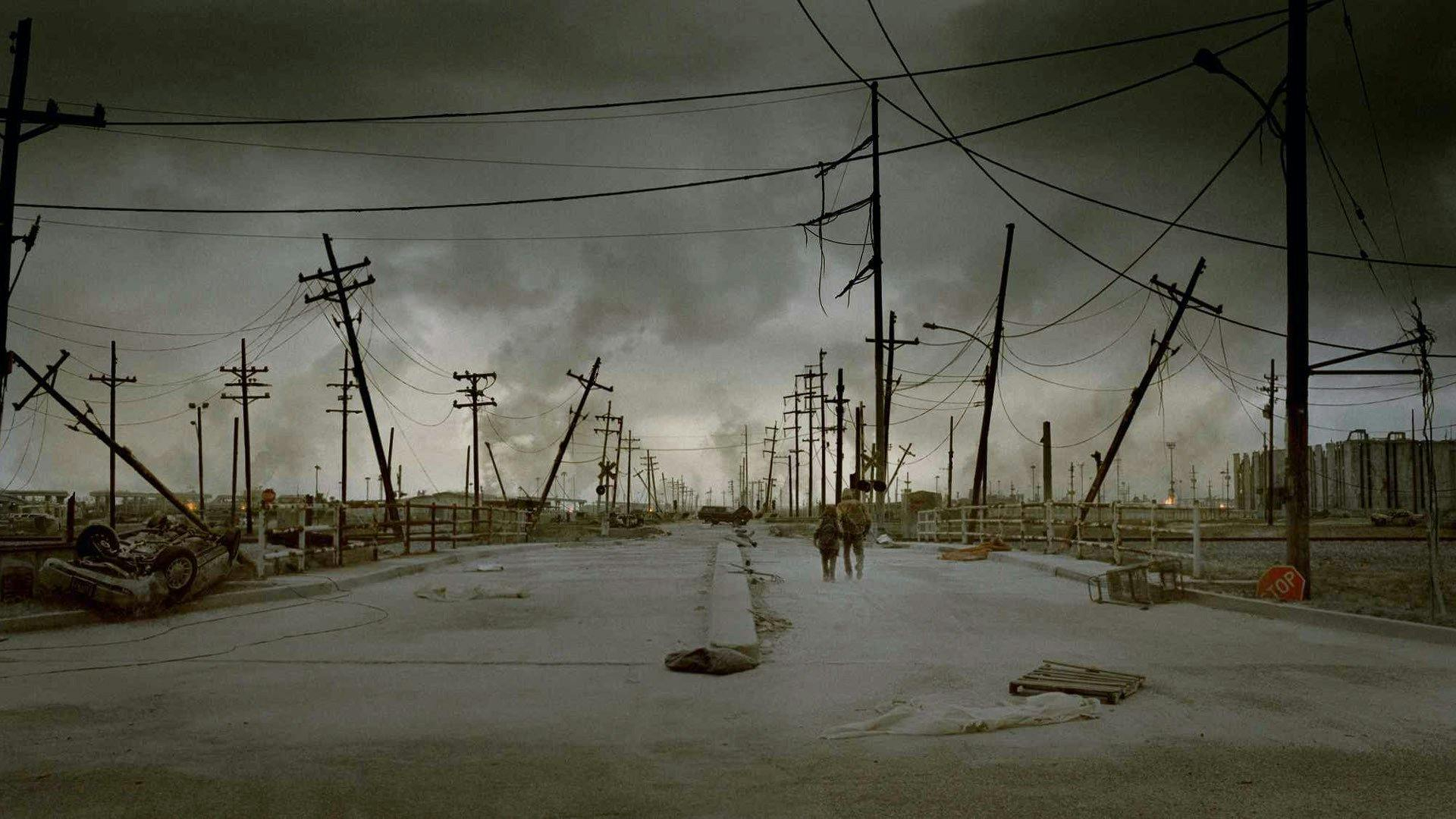
Words by Tom Parsons
In the great oeuvre of the legendary Nick Cave, the soundtrack for The Road is barely a footnote. Heck, it's not even the most famous or most popular of his many soundtrack collaborations with Warren Ellis – yet it's a very special album to me and the test disc I have used more than any other in my 18 years of reviewing.
The personal attachment I have comes purely from my love of the Cormac McCarthy book upon which the film is based, the faithfulness of the adaptation and the perfect way in which the soundtrack complements the most heart-wrenching, dramatic and terrifying scenes. I regularly play the album whether I’m testing or not.
It is also an exceptional album for testing, though. In keeping with the tone and themes of the movie, there’s a rawness to the recording. The organic, analogue feel to the production provokes the imagination into generating visions of a tired piano and battered violins being played in one of the dusty, derelict houses of the movie’s apocalyptic landscape, and the recording includes lovely incidental details such as the gentle press of the piano’s pedals, soft foot taps and even the occasional sentimental sigh.
A hi-fi system needs excellent resolution to dig up these details and exceptional low-level dynamic nuance to deliver the subtle layers of emotion in the recording. If you’re not on the verge of tears when listening, the kit probably isn’t doing the job that it should.
- Listen to The Road on Tidal
- Buy The Road vinyl on Amazon
MORE:
The ultimate music tracks to test your hi-fi system
9 movies the What Hi-Fi? test team can't wait to see in 2025
One of the UK's most iconic cinemas is under threat – and it needs your help
Becky is the managing editor of What Hi-Fi? and, since her recent move to Melbourne, also the editor of the brand's sister magazines Down Under – Australian Hi-Fi and Audio Esoterica. During her 11+ years in the hi-fi industry, she has reviewed all manner of audio gear, from budget amplifiers to high-end speakers, and particularly specialises in headphones and head-fi devices. In her spare time, Becky can often be found running, watching Liverpool FC and horror movies, and hunting for gluten-free cake.
-
Josh Mathot That a nice list, I personally use the 'morning phase' album from Beck, it has everything.Reply

